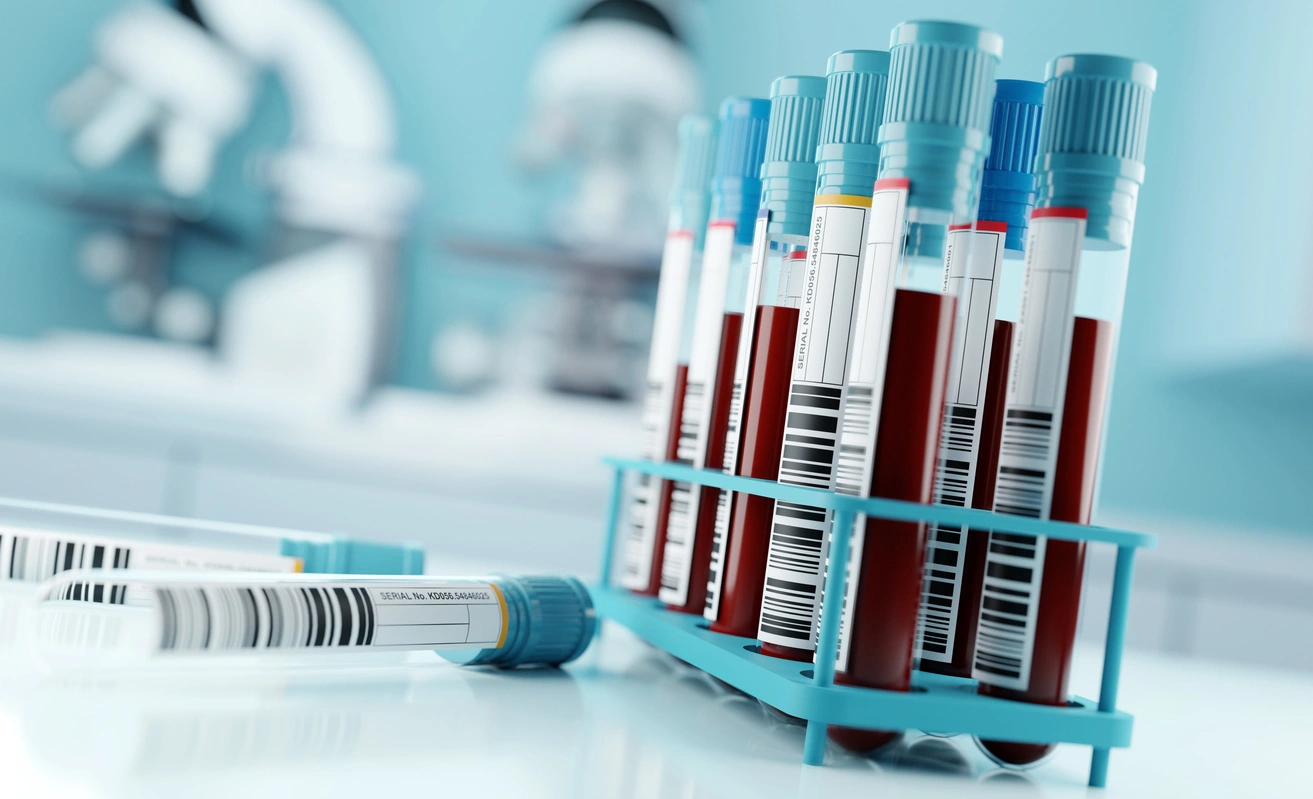
- Deutsch
- English
- 中文


Apheresis (Greek: removal) is used to collect blood components for therapeutic purposes and to remove harmful or unwanted substances from blood or plasma. The patient's blood is drawn from a vein in the arm and passed through a closed, sterile tubing system. There, it is mixed with a small amount of anticoagulant to prevent clotting. In a centrifuge, the blood components separate into layers according to their density, allowing specific components to be extracted. The remaining blood is returned to the body.
Apheresis takes between 20 minutes and three hours. The following types are distinguished:
For example, apheresis is used as a specialized treatment for iron overload disorder (hemochromatosis). In this hereditary disease, the body is flooded with iron, leading to chronic conditions such as arthritis, heart failure, or diabetes. Immunological treatment stimulates the production of new red blood cells, which bind the iron and are then removed from the body. This process is repeated until all excess iron is eliminated. The treatment must be repeated every three years.
Apheresis can also be used for certain leukemias, to treat anemia, or to remove harmful cholesterol from the blood. When performed properly, the procedure is safe. Side effects may occur - most commonly due to the anticoagulant - such as a metallic taste, tingling around the lips, or in rare cases, nausea.